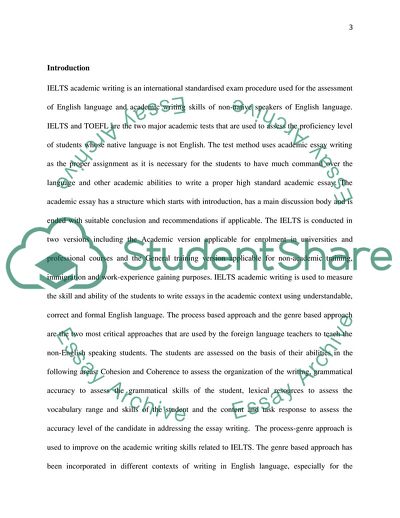Cite this document
(Structure of IELTS Academic Writing Term Paper Example | Topics and Well Written Essays - 4000 words, n.d.)
Structure of IELTS Academic Writing Term Paper Example | Topics and Well Written Essays - 4000 words. https://studentshare.org/education/1805947-employ-process-genre-approach-to-improve-writing-capability-of-ielts
Structure of IELTS Academic Writing Term Paper Example | Topics and Well Written Essays - 4000 words. https://studentshare.org/education/1805947-employ-process-genre-approach-to-improve-writing-capability-of-ielts
(Structure of IELTS Academic Writing Term Paper Example | Topics and Well Written Essays - 4000 Words)
Structure of IELTS Academic Writing Term Paper Example | Topics and Well Written Essays - 4000 Words. https://studentshare.org/education/1805947-employ-process-genre-approach-to-improve-writing-capability-of-ielts.
Structure of IELTS Academic Writing Term Paper Example | Topics and Well Written Essays - 4000 Words. https://studentshare.org/education/1805947-employ-process-genre-approach-to-improve-writing-capability-of-ielts.
“Structure of IELTS Academic Writing Term Paper Example | Topics and Well Written Essays - 4000 Words”. https://studentshare.org/education/1805947-employ-process-genre-approach-to-improve-writing-capability-of-ielts.


